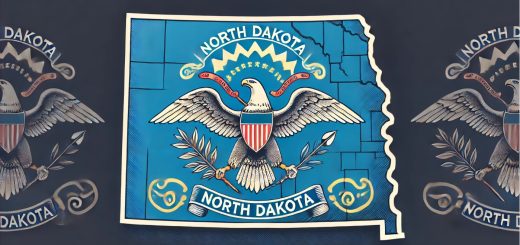North Dakota, located in the Upper Midwest of the United States, is divided into 53 counties and features a range of cities, with Bismarck as the state capital and Fargo as the largest city. Other key cities include Grand Forks, Minot, and West Fargo. The state has a population of around 780,000 people, spread over a vast land area of 70,704 square miles, making it one of the least densely populated states in the country. North Dakota’s geography is characterized by the Great Plains, the Badlands, and the Missouri River, contributing to its rich agricultural and natural resources. Major airports in the state include Hector International Airport (FAR) in Fargo, Bismarck Municipal Airport (BIS), and Minot International Airport (MOT), which provide regional and domestic flights, connecting North Dakota to major national hubs. The state is home to several higher education institutions, including North Dakota State University (NDSU) in Fargo, the University of North Dakota (UND) in Grand Forks, and Minot State University, which play significant roles in education, research, and the state’s economy. North Dakota’s healthcare system includes prominent hospitals such as Sanford Medical Center in Fargo, Altru Health System in Grand Forks, and CHI St. Alexius Health in Bismarck, providing critical care services to the state’s residents. The state’s economy is largely driven by agriculture, oil and gas production, and energy development. North Dakota is a leading producer of wheat, soybeans, corn, and sunflowers, and the Bakken Formation has made the state one of the top oil-producing regions in the U.S., contributing significantly to the state’s revenue. Additionally, renewable energy, particularly wind energy, plays an increasingly important role in the state’s energy portfolio. The aerospace industry, centered around Grand Forks, is growing, with UND’s aviation program being one of the top in the country. North Dakota’s small population and vast landscapes also attract outdoor enthusiasts, with tourism centered around destinations like Theodore Roosevelt National Park and the state’s numerous lakes and parks. The state’s combination of agriculture, energy, and education, along with its strategic location in the Great Plains, makes it a vital part of the region’s economy and cultural landscape.


